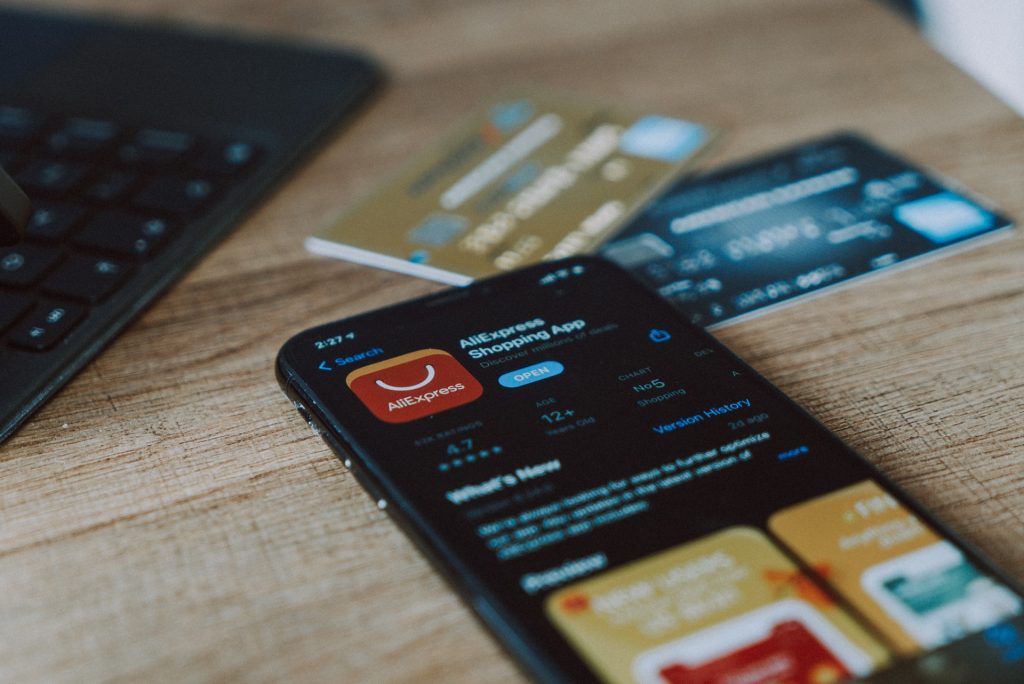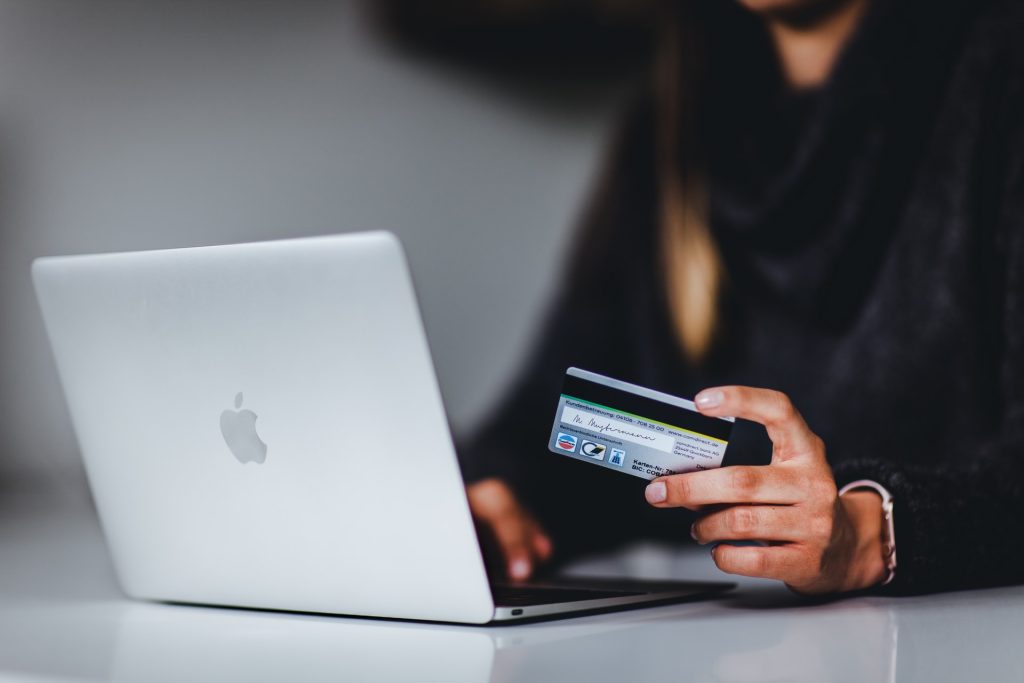
Online shopping has become the norm in modern days. Even brick-and-mortar stores embraced the idea. There are thousands of online shops today, and people can fall victim to malicious sites. To help you stay protected, we prepared some tips for you to remember.
Table of Contents
1. Shop on Familiar Sites

Source: unsplash.com
Examples of these sites are Amazon in the West, AliExpress and Lazada in Asia. These sites are safe and secure because they are known companies. In addition, the people behind these marketplaces are giant companies—legitimate ones that have buyer protection policies.
Before you do, make sure you are in the correct URL. Some scammers create a duplicate of the site, and you would think that you are in Amazon, but in reality, you are in “Amazon.” The spelling is just one of the things you should check in the URL.
2. Check for Security
Do not buy anything or give any personal information if the website of the online store is not secured. To find it out, check the upper left corner of your browser. You must see a padlock icon there, which indicates that the site is secured.
The URL must also have an HTTPS protocol, not just HTTP. The letter “S” stands for secure. It means that the website uses encryption to keep the information private. So, if anyone intercepts the data between you and the seller, the hacker is not likely to decode it. The same goes for online gambling. If you are looking for entertainment, make sure that the site you access is secure, like vulkan-vegas.pl. It uses an HTTPS protocol, which guarantees the safety of all data.
3. Update the Apps

Source: unsplash.com
If you have mobile apps for shopping, like Amazon or Lazada, update the app once it is available. You should not look at updates as a nuisance. They are there to protect you. Updates happen because the app developers are addressing a problem.
This problem could be about security. If they see a vulnerability, they patch it. However, if you do not update your app, some enterprising hackers can get into your phone and hack you—they can steal your credit card numbers and use them to make purchases.
4. Do Not Provide All Your Private Info
Shopping sites only need your delivery name, address and credit card details. That is it. Of course, you cannot use a fake name. In addition, some sites will not accept a credit card payment if the name on the credit card is not the same as the purchaser’s name.
Other than that, do not provide any other personal information. For example, online retail shops do not need your Social Security Number. They also do not need the date of your birthday.
If a website asks you for information like SSN, you are likely to be on a scam site. Your SSN is your private detail, and no one else but you and the government have the right to know that.
5. Stick to Credit Cards

Source: unsplash.com
If you have a credit card, use it and skip the debit card. Credit cards are safer. If not, use PayPal (or any other online payment service like Skrill, Neteller, Webmoney, etc.) as a gatekeeper or a barrier between your banking information and the seller.
A debit card has a direct link to your bank account. So, if you use a debit card, hackers can infiltrate the site and get that number. One day, they may find out how much money you have. Or they can socially engineer the bank to get information about your finances.
With a credit card, the worst thing that can happen is they will use the card to make purchases. In that case, you can always call the credit card issuer and then file a chargeback. But this is not a fast process.
6. Do Not Fall for Email Scams
Cybercriminals use online shopping as a means to phish for information. This technique is called “phishing”. For example, they will send a fake email pretending to be Amazon. In this email, they will tell you that your account is restricted or that there was a huge purchase made. Furthermore, the email would state that you can contact them to report the problem if you did not make this purchase.
Somewhere in that fake email, there is a link that you can click to view the “transaction” or “report the issue.” If you click that link or button, you will be redirected to a site that looks like Amazon. There, you need to put your Amazon username and password. If you do that, you just give your details away to a scammer.
Do not believe any email you receive from unknown senders. If you get one email like this, open a new browser, log in to your account or launch the app. If the problem is real, then it will show on your dashboard. But it’s better just to ignore such email.
The other thing you can do is check the domain name of the email sender. If the domain is different from the standard domain of the store, it is a fake. Do not click anything; just delete it.
Summary
Always remember: if it is too good to be true, then it probably is. If the site has a lot of positive reviews and you barely see any negative ones, it is probably a scam. If the site is not secure, walk away. Practice the same safety measures on every site where you make financial transactions. Know the company and update the app in every release of a new version.
Do not take risks with unknown sites. At best, shop only from companies that are globally or nationally recognized. Never make an advance payment for an item as a guarantee of its shipment. Trustful marketplaces will never ask you for that. Also, check for the comments and ratings of the items on the website (if there aren’t any comments or all of them are positive – beware) ! If you are unsure, you should always take the time to investigate and find independent reviews for that store.







